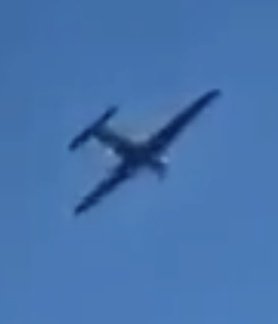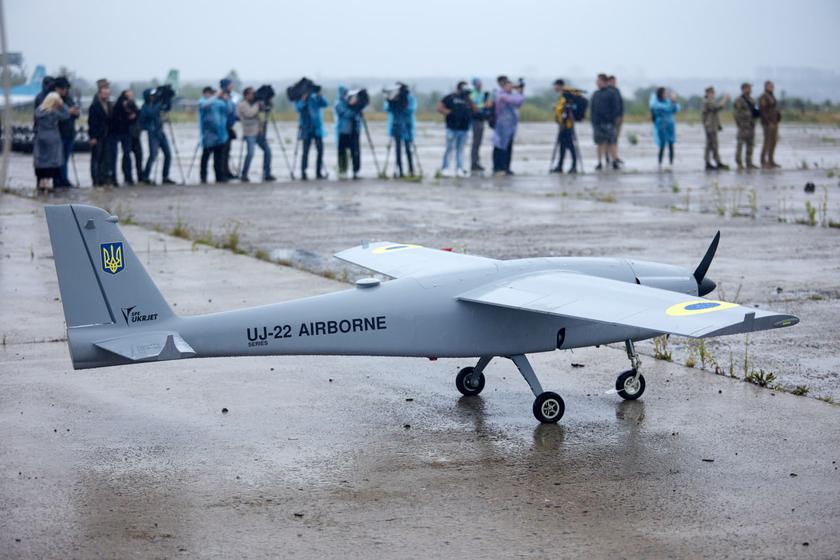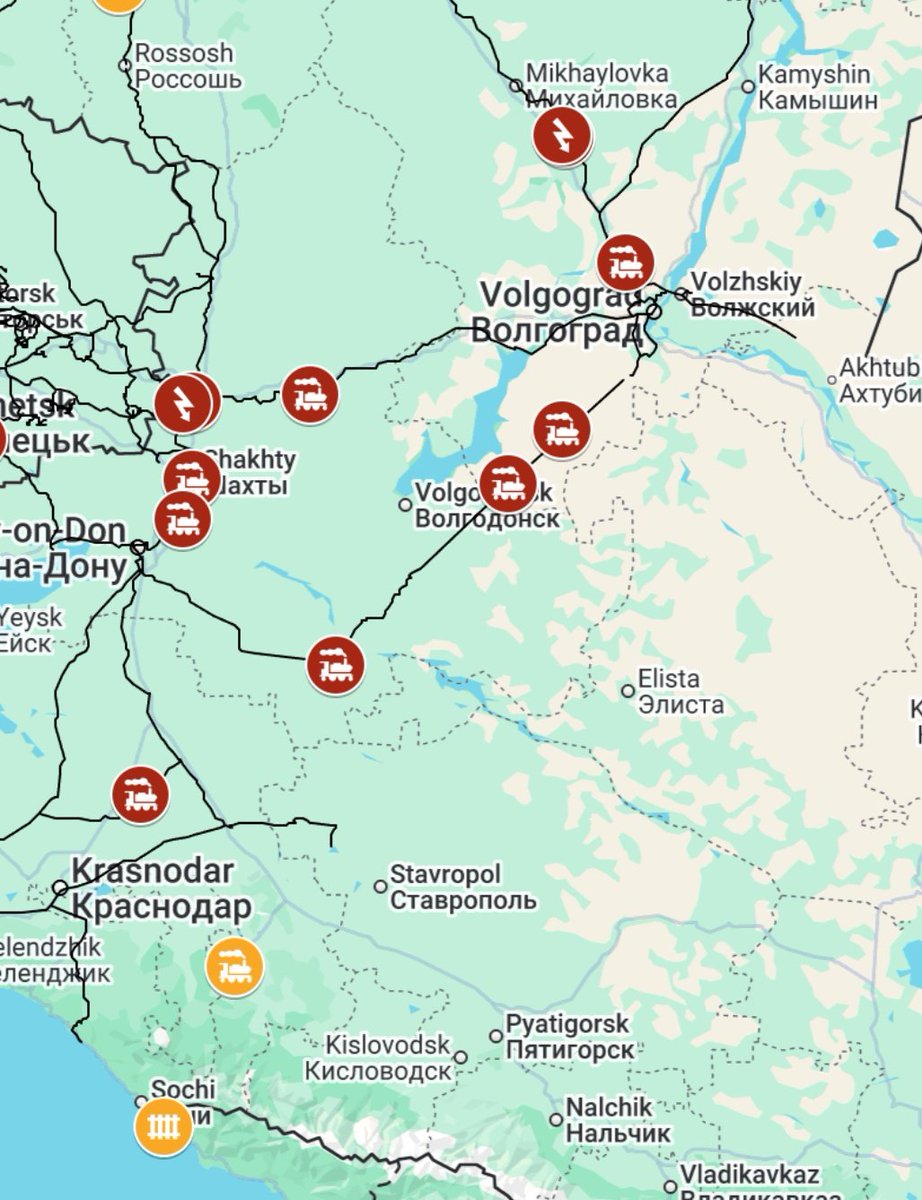🇷🇺 Drone spotted in the village of Ilinka, Krasnogorsk District. So far preliminary reports 10ndrones shot down near/around Moscow, this morning. 

Currently Russian Police say 16 drones attacked Moscow 13 shot down 3 hit residential buildings. This is the largest drone attack to my knowledge in Russia the largest drone attack on Moscow.
Reports now say total was 18 drones 15 shot down 3 hit residential buildings.
https://twitter.com/stephengfhall/status/1663413831312330755?t=JRqCC8aJmzNH7MirJ7We7A&s=19
Possible model drones utilized the UJ-22 which has been utilized in the past during failed attempts to hit Moscow. 

Drone #6 Shot telegram channel says that UJ-22 UAVs were used in the attack though other looks like several other models were used as well 

The number of drones utilized in the strike on Moscow now at 20-25.
3x that hit residential buildings
15x shot down
2-7x drones unknown if shot down or hit targets.
3x that hit residential buildings
15x shot down
2-7x drones unknown if shot down or hit targets.
25 UAVs attacked #Moscow,
15x shot down
3x hit residential buildings
7x hit/crashed somewhere
25 UAVs participated in the morning attack on #Moscow and region. Most of them were shot down by AD forces in the region, some of the drones caught on trees and wires, as they flew at… twitter.com/i/web/status/1…
15x shot down
3x hit residential buildings
7x hit/crashed somewhere
25 UAVs participated in the morning attack on #Moscow and region. Most of them were shot down by AD forces in the region, some of the drones caught on trees and wires, as they flew at… twitter.com/i/web/status/1…
• • •
Missing some Tweet in this thread? You can try to
force a refresh


















